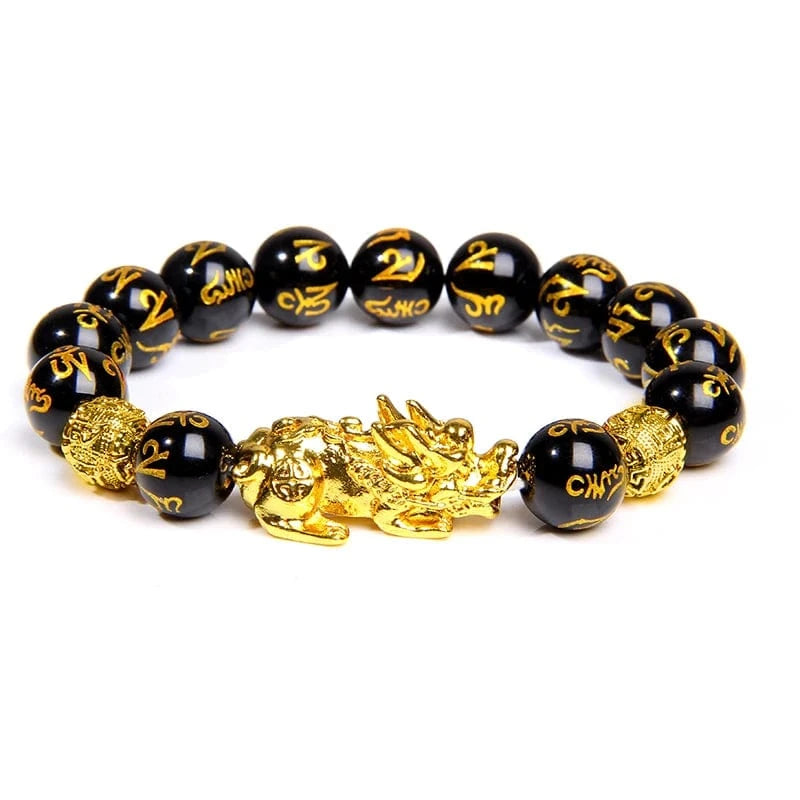Cultura asiática
Explore the storied halls of the Shaolin Temple: its past, traditions, and martial arts legacy.
Huangshan Maofeng: Unveiling the Hidden Gem of China's Yellow Mountains
Harmonizing Your Home: An Introduction to Feng Shui
Finding Balance in Modern Life with Yin Yang
Propiedades de curación de la amatista: ¿cuáles son sus significados y usos?








